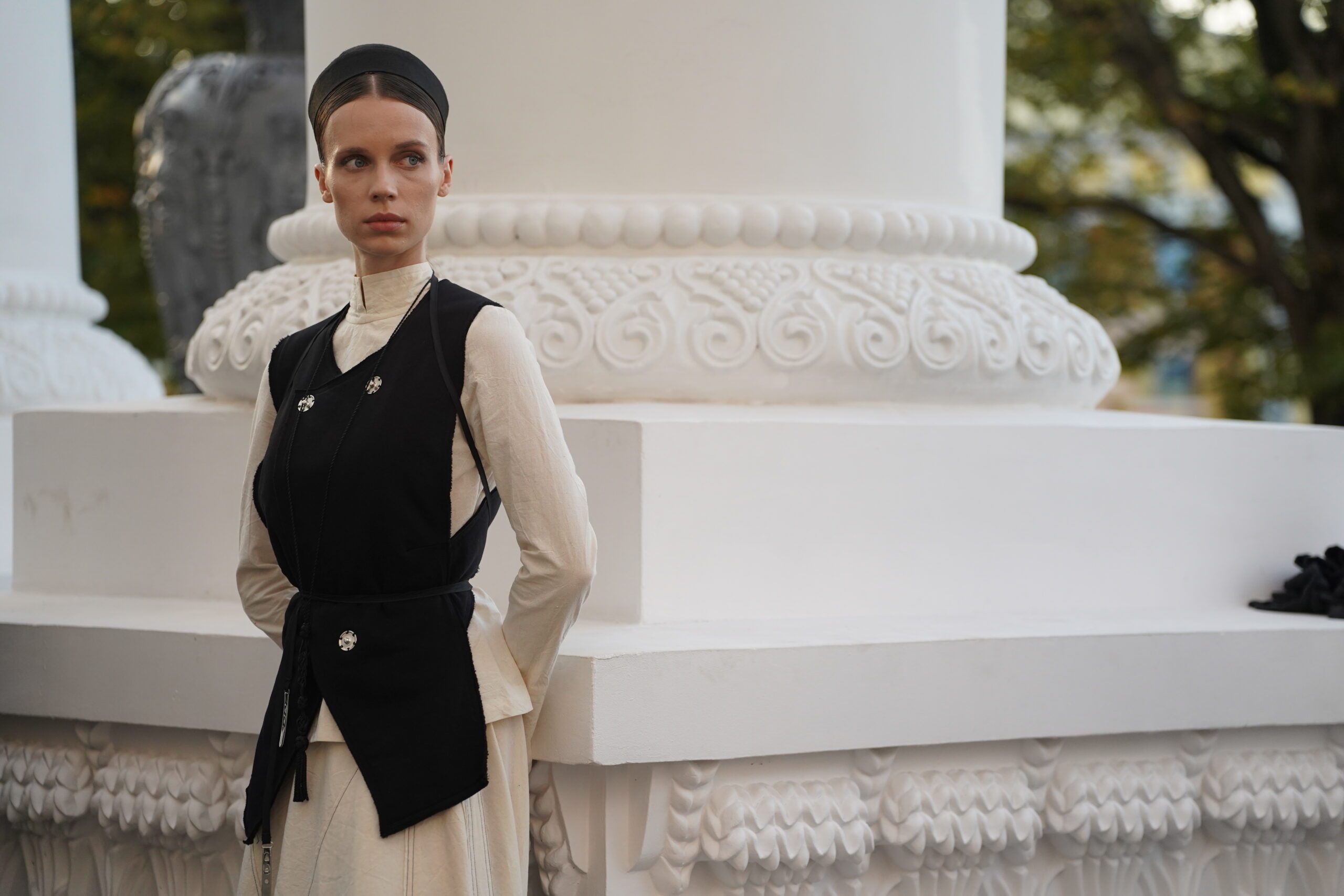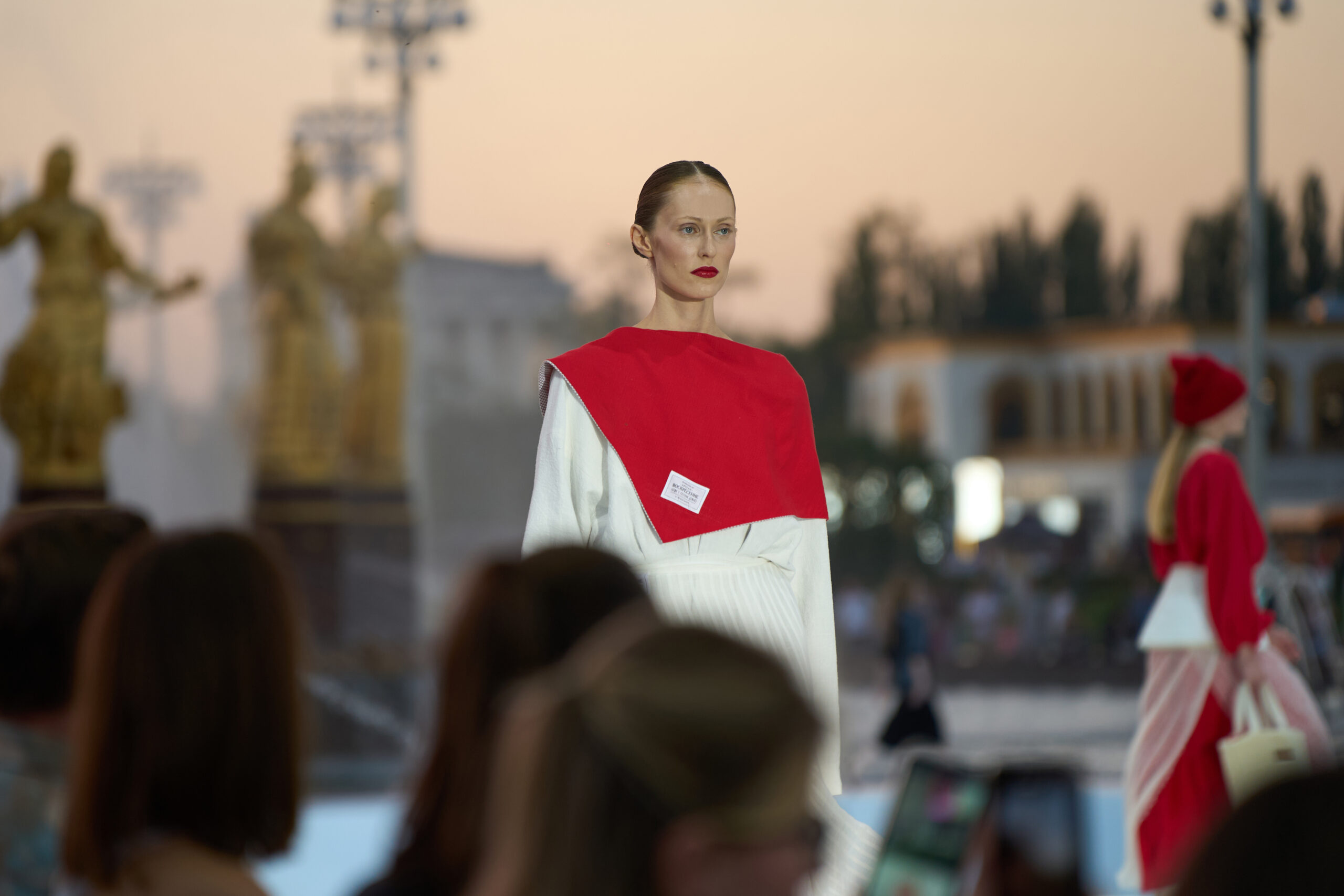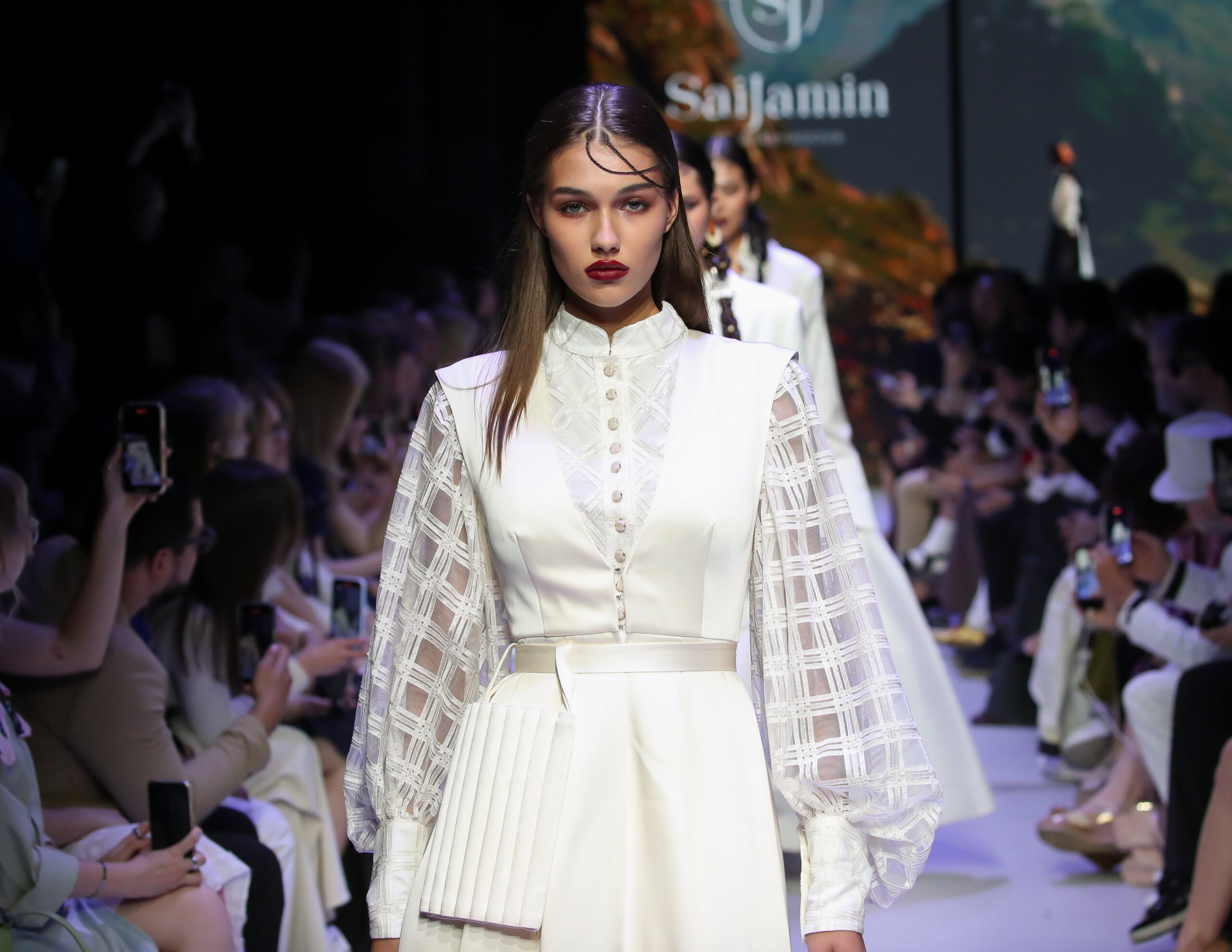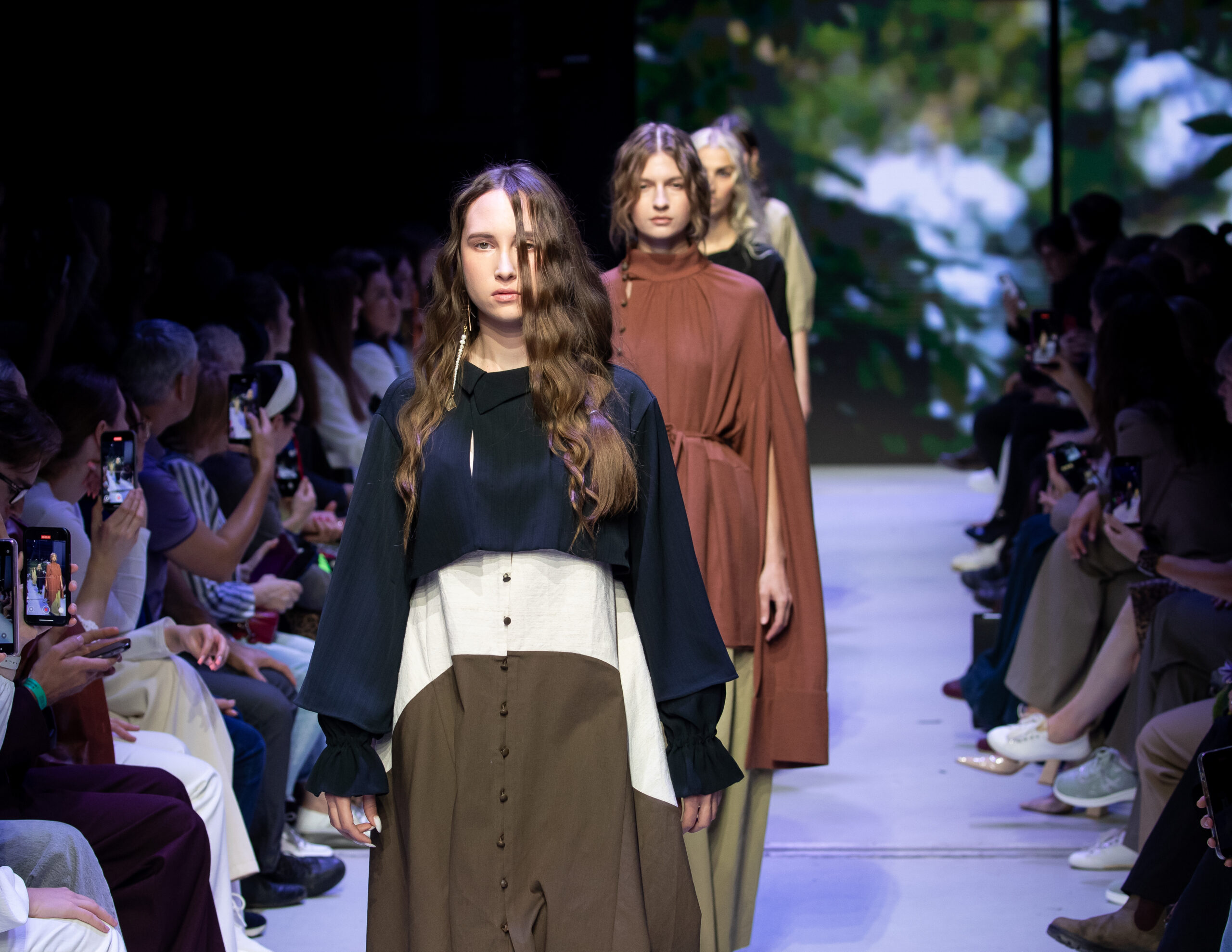
Traditions combined with modern trends form the foundation of the Indian fashion industry. Millennia-old heritage coexists with contemporary global influences, and traditional clothing remains an important part of the wardrobe for almost every citizen of the country. However, trends where elements of cultural identity and historical context are integrated into modern cuts have proven their relevance for many seasons in other countries as well. In Russia, new styles are emerging, merging authenticity with innovative silhouettes and ultratechnological fabrics.

Wildberries Cultural Code Fashion Show at Moscow Fashion Week
Russia is a multinational country rich in culture, where diverse ethnic groups showcase distinctive traditional costumes. In the northern territories, lace and fur dominate; in the central regions, kokoshniks (traditional Russian headpiece) and embroidered sarafans are characteristic; while the North Caucasus features embroidery and layering. To bring this cultural kaleidoscope to life at Moscow Fashion Week, Wildberries – the event’s general partner and the largest e-commerce platform in Russia – offered designers a unique opportunity to highlight the distinctiveness of various regions on the runway. Traditional folk crafts and authenticity – from sarafans to balloon pants – were reimagined as contemporary silhouettes adorned with hand embroidery and openwork lace. The Wibes content platform served as the project’s information partner, showcasing highlights from the runway and behind-the-scenes updates.
Moscow Fashion Week saw participation from over 350 brands spanning Russia and other countries such as India, China, Turkey, Spain, the USA, South Africa, and others. The presence of cultural codes in nearly every collection reflects a constantly growing global interest in heritage. Designers found inspiration in architectural masterpieces, historical customs, baroque palace scenes, and traditional garments.
Indian brand Shantnu & Nikhil masterfully combined traditional motifs with modern luxury, the glamour of the 1930s, and Renaissance influences. Their evening dresses featured corset inserts and decorative basques, enhanced by striking details such as high gloves, decorative knots, prints featuring art, and textured capes. “Making our debut in Russia at such an important event, where key industry players come together, is crucial for us. This opportunity will not only allow us to present our new collection but also lay the foundation for a long-term presence in the region,” said designers Shantnu and Nikhil Mehra about their Moscow Fashion Week appearance.

SaiJamin at Moscow Fashion Week
Russian label Lala Talyshkhanova featured ethnic-inspired Russian patterns and ornaments in its collection, which included versatile pieces such as elegant dresses and oversized styles. SaiJamin presented modern takes on Caucasian dress, blending soft, vivid boho elements with sharp lines, textured lacquered leather with denim, and fluid lightweight fabrics. Designer Masha Andrianova offered a fusion of minimalist cuts and moderate layering through loose sarafans, maxi dresses, and asymmetrical tunics paired with skirts. Brand Akkulova Albina drew inspiration from birds and folk characters, incorporating traditional Russian and Caucasian elements, beads, pearls, and gold hand embroidery.

Masha Andrianova at Moscow Fashion Week
Integrating cultural heritage into contemporary fashion serves not only to preserve traditions but also fosters a unique dialogue between the past and the future. Moscow Fashion Week amply demonstrated that national identity is a powerful wellspring of inspiration for crafting collections that resonate both locally and worldwide. Amid globalization, authenticity and cultural uniqueness stand out as key competitive advantages for designers and brands alike.

